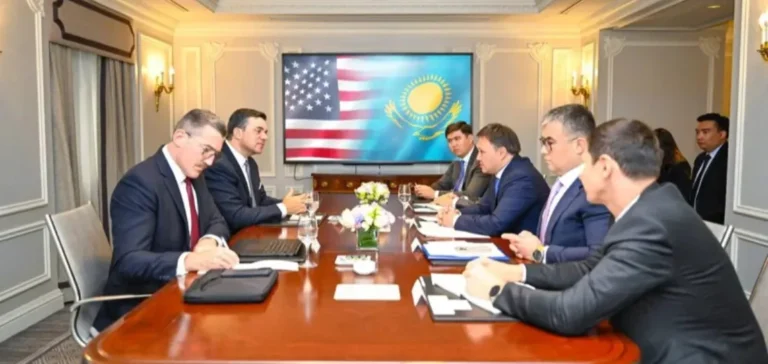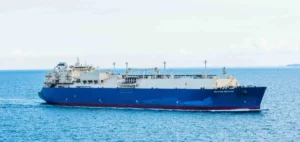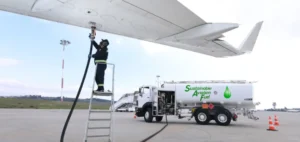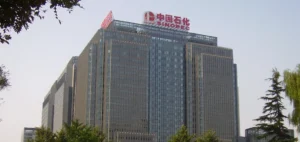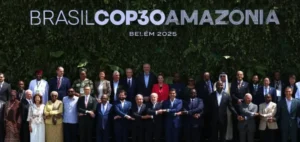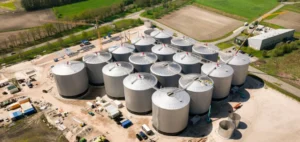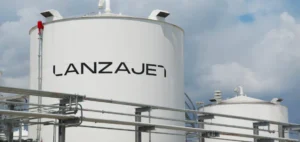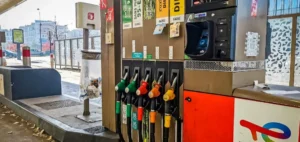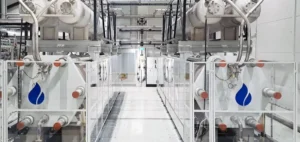US alternative fuels producer LanzaJet and Kazakhstan’s national oil and gas company KazMunayGas (KMG) announced the launch of the engineering phase of their joint sustainable aviation fuel (SAF) project, marking a first for the country. The agreement between the two companies follows the recent completion of a joint feasibility study and paves the way for finalising technical and economic solutions for the plant’s construction.
A structuring project for aviation and energy
The agreement was signed on the sidelines of New York Climate Week, at an event attended by Kazakhstan’s President Kassym-Jomart Tokayev and KMG’s Chairman and Chief Executive Officer Askhat Khassenov. LanzaJet’s Chief Executive Officer Jimmy Samartzis publicly outlined the partnership’s ambitions, highlighting the cross-sector opportunities Kazakhstan represents for technologies such as the company’s Alcohol-to-Jet (ATJ) process.
This technology converts alcohol derived from biomass into aviation fuel, a process that LanzaJet is now seeking to deploy for the first time in the region. The US-based company views the partnership as an opportunity to combine logistics, agriculture, aviation and fossil resources into an industrial perspective.
Target 2030: 70,000 tonnes of SAF per year
The future plant aims to meet an estimated national demand of 70,000 tonnes of sustainable aviation fuel annually by 2030, according to projections established by the partners. The Front-End Engineering and Design (FEED) phase will validate all technological choices before potential construction begins.
For KazMunayGas, the project also represents a strategic diversification lever. “This partnership will contribute to strengthening our bilateral cooperation and to developing cutting-edge technologies in the country,” said Askhat Khassenov at the signing.
A signal for regional markets
The SAF project in Kazakhstan also marks a first for LanzaJet in Central Asia. If the FEED phase proceeds according to schedule, the country could become an anchor point for further deployments of this technology in the region. The two partners have not yet announced a precise timetable for the construction and commissioning of the plant.


